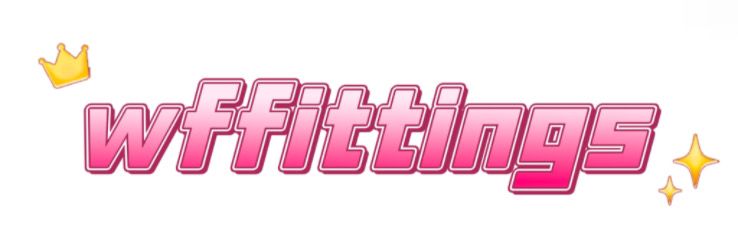Key Considerations When Choosing Woven Wire Mesh Screens
Choosing the right woven wire mesh screens is crucial for various industrial applications, from mining to agriculture. With a myriad of options available, it can be overwhelming to make the best choice. This article aims to guide you through key considerations that should inform your decision-making process.
If you are looking for more details, kindly visit Woven Wire Vibrating Screen Mesh.
Understanding Woven Wire Mesh
Woven wire mesh is designed to filter particles, aggregate materials, or protect various mechanical components. A popular variant is the Woven Wire Vibrating Screen Mesh, which is known for its durability and efficiency. To make an informed choice, you should consider several factors.
Material Composition
The material of the woven wire mesh significantly affects its performance and durability. Here are some commonly used materials:
- Stainless Steel: Highly resistant to corrosion and ideal for applications involving moisture.
- Carbon Steel: Cost-effective but may require coatings for enhanced durability.
- Galvanized Steel: Offers rust protection while remaining economical.
When choosing a material, consider the environment where the woven wire vibrating screen mesh will be used. For wet or corrosive environments, stainless steel is recommended.
Mesh Size and Opening Configuration
The size of the mesh opening determines the type and size of particles that can pass through. Key parameters include:
- Mesh Size: Larger mesh sizes allow for bigger particles, while smaller sizes are for fine particles.
- Wire Diameter: Thicker wires increase screen strength and durability.
- Opening Shape: Square or rectangular openings impact how materials flow through the screen.
Consider the material you are processing and choose a mesh size that meets your specific requirements.
Application Suitability
Your application plays a pivotal role in determining the type of woven wire vibrating screen mesh that you need. Some common applications include:
- Mining and Quarrying: Heavy-duty screens that can handle large volumes and coarse materials.
- Food and Beverage Industry: Woven wire mesh that adheres to sanitary standards.
- Chemical Processing: Screens resistant to various chemicals and temperature fluctuations.
Make sure to evaluate the operational conditions, such as material flow rates and environmental factors, to select the most suitable mesh type.
Vibration and Load Considerations
Vibration is an inherent aspect of most industrial processes involving woven wire vibrating screen mesh. Consider the following:
Want more information on Vibrating Screen Mesh? Feel free to contact us.
Additional reading:Why Are Cleaning Cylinder Brushes Underappreciated?
- Frequency of Vibration: Ensure that the mesh is designed to withstand the vibration levels typical of your process.
- Weight Loading: Heavy materials require more robust mesh to prevent deformation.
Hardware
Consult with manufacturers to better understand the specifications of the screens you intend to use, ensuring they are fit for your operational circumstances.
Maintenance and Lifespan
Woven wire mesh screens do not last forever, and their longevity depends on:
- Material Quality: High-quality materials will typically last longer.
- Regular Maintenance: Implementing a routine check-up and cleaning schedule can extend the lifespan of your screens.
- Monitoring Operational Conditions: Overloading or improper use can lead to premature failures.
Creating a maintenance schedule can mitigate the risk of unexpected breakdowns and enhance the efficiency of your operations.
Cost-Effectiveness
Evaluating cost is essential, but it should not be the only factor influencing your choice. Consider the following:
- Initial Investment vs. Lifespan: Cheaper options might look appealing but could lead to higher costs in the long run due to early replacement.
- Operational Efficiency: A more efficient woven wire vibrating screen mesh can improve throughput and reduce downtime.
Balance the initial costs with potential savings from longer-lasting materials and higher efficiency.
Common Problems and Solutions
Issue: Clogging and Blockage
Solution: Choose the appropriate mesh size and consider using anti-blinding technologies, such as bouncing balls, to keep the screen clear.
Issue: Early Wear and Tear
Solution: Opt for higher-quality materials and ensure proper maintenance practices are followed.
Issue: Poor Material Flow
Solution: Identify the right mesh size for your specific application needs to enhance the flow of materials through the screen.
Conclusion
Selecting woven wire mesh screens requires careful consideration of various factors, including material composition, mesh size, application suitability, vibration, and maintenance. By recognizing the importance of the Woven Wire Vibrating Screen Mesh, you can make informed decisions that lead to increased efficiency and reduced operating costs. For tailored advice and customized solutions, don’t hesitate to reach out to manufacturers or industry experts. Start your journey towards improved screening solutions today!
For more Gabion Boxes Bespokeinformation, please contact us. We will provide professional answers.
If you are interested in sending in a Guest Blogger Submission,welcome to write for us!

Comments
0